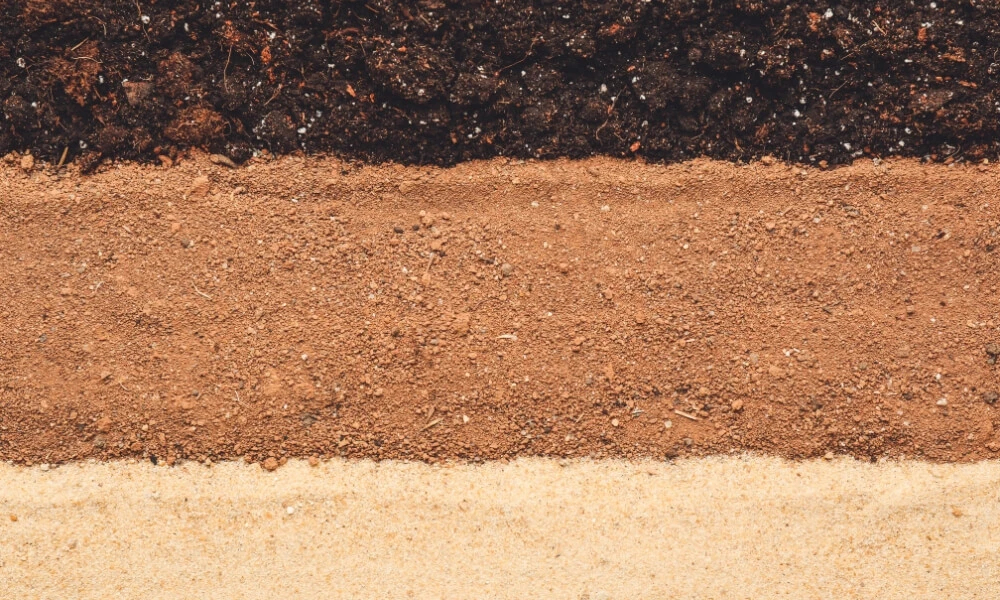Understanding the ground beneath our feet is paramount when embarking on any construction or excavation project. The soil is not just dirt – it’s a complex mixture of minerals, organic matter, and other components that can either aid in the success of our project or bring numerous challenges. One crucial aspect of soil analysis is its classification based on stability, which is vital in ensuring any excavation or construction’s safety and structural integrity.
This enlightening blog post delves into the mysterious world of soil types – specifically, Type A, B, and C soils. These classifications are not just jargon; they play a significant role in how professionals approach a project, and understanding them can be the key to avoiding disastrous consequences. From the richness of Type A soil to the relatively less stable Type C soil, join us as we unearth the secrets of the ground beneath us and gain valuable insights on when and how to use each soil type effectively. Equip yourself with the knowledge to make informed decisions or satiate your earthy curiosities. Let’s dig in!

Differences Between Type A, B, And C Soils
There are many different types of soils, each with its unique properties. Knowing the type of soil you’re dealing with is important for caring for it and getting the most out of it. Some soils are more stable than others. The soil type determines the chance that an excavation will cave in. There are three basic soil types that you may encounter:
Type A Soil
This type of soil is the most productive. It has a high organic matter content, which helps to retain moisture and nutrients. The minerals in this type of soil help to promote plant growth. This soil also has a good water-retaining capacity.
Cohesive soils with an unconfined compressive strength of 1.5 tons per square foot (tsf) (144 kPa) or greater. Examples include clay, silty clay, sandy clay, and clay loam. Certain conditions preclude soil from being classified as Type A. For example, no soil is Type A if it is fissured or has been previously disturbed. See Appendix A to Subpart P of Part 1926, paragraph (b) – Definitions (Type A), for a detailed definition of Type A soil.

Type B Soil
This type of soil is less productive than Type A soil. It has a lower organic matter content and a higher clay content. This soil type is more likely to be compacted, impeding plant growth.
Includes cohesive soil with an unconfined compressive strength greater than 0.5 tsf (48 kPa) but less than 1.5 tsf (144 kPa) and granular cohesionless soils (such as angular gravel, similar to crushed rock, silt, silt loam, sandy loam, and, in some cases, silty clay loam and sandy clay loam). See Appendix A to Subpart P of Part 1926, paragraph (b) — Definitions (Type B), for a detailed definition of Type B soil.
Type C Soil
This type of soil is the least productive. It has a low organic matter content and a high sand content. This soil type is very poor in nutrients and does not retain water well.
Cohesive soil with an unconfined compressive strength of 0.5 tsf (48 kPa) or less, granular soils (including gravel, sand, and loamy sand), submerged soil or soil from which water is freely seeping, submerged rock that is not stable, or material in a sloped, layered system where the layers dip into the excavation or with a slope of four horizontal to one vertical (4H:1V) or steeper. See Appendix A to Subpart P of Part 1926, paragraph (b) — Definitions (Type C), for a detailed definition of Type C soil.

Note: Unconfined compressive strength means the load per unit area at which a soil will fail in compression. It can be determined by laboratory testing or estimated in the field using a pocket penetrometer, thumb penetration tests, or other methods.
Soil has other qualities that affect its stability. These include granularity, saturation, cohesiveness, and unconfined compressive strength.
- Granularity refers to the size of the soil grains; the larger the grains, the less stable the soil.
- Saturation means how much water the soil will absorb.
- Cohesiveness means how well the soil holds together; clay is a cohesive soil.
- Unconfined compressive strength is determined by a test that shows how much pressure it takes to collapse a soil sample. For example, type A soil must have an unconfined compressive strength of at least 1.5 tons per square foot.
Conclusion
In summary, understanding the differences between Type A, B, and C soils is crucial for ensuring the safety and success of construction and excavation projects. Type A soil is highly stable and ideal for supporting structures; Type B offers moderate stability, while Type C is the least stable and requires careful handling. Making informed decisions based on soil type can significantly reduce risks and optimize the structural integrity of projects, highlighting the importance of soil knowledge in engineering and construction endeavours.

